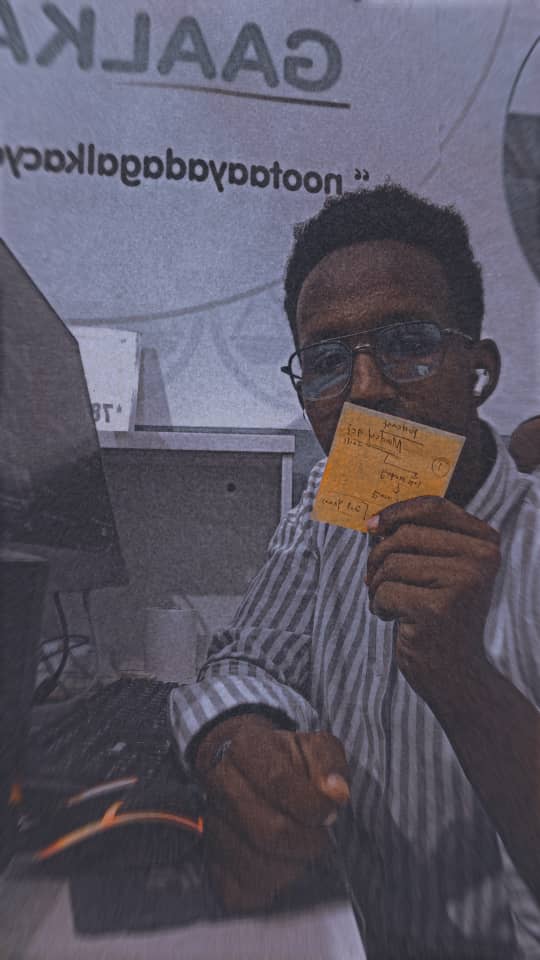Bootcamp 101 : Digital Forensics
This bootcamp builds a strong foundation in digital forensics, covering core principles, methodologies, and legal aspects. You'll explore USB forensics, learning to extract, recover, and analyze USB data using tools like DC3DD, Foremost, Scalpel, Guymager, and Bulk Extractor through hands-on labs focused on file carving, disk imaging, and Adnvaned Disk partations
About This Bootcamp
This bootcamp builds a strong foundation in digital forensics, covering core principles, methodologies, and legal aspects. You'll explore USB forensics, learning to extract, recover, and analyze USB data using tools like DC3DD, Foremost, Scalpel, Guymager, and Bulk Extractor through hands-on labs focused on file carving, disk imaging, and Adnvaned Disk partations
Bootcamp Details
Instructor: Eng Abdi shakur Liban Salah
Mode: Online
Duration: 16 weeks
Level: Beginner
Cohort Size: 90 students
Price: $15.00
Discounted Price: $4.99
Curriculum
Module 01 : Introduction to Digital Forensics
Overview Bootcamp Contents
Lesson 1.1: What is Digital Forensics?
Lesson 1.2: The Digital Forensics Process
Lesson 1.3: Forensic Methodology and Tools
Lesson 1.4: Legal and Ethical Considerations in Digital Forensics
Lesson 1.5: Challenges in Digital Forensics
Module 02 : Understanding Evidence and Write Blockers in Digital Forensics
Lesson 2.1: Understand Evidence in Digital Forensics?
Lesson 2.2: The Threats to Evidence and First Responder Duties
Lesson 2.3: Digital Acquisition Tools and Techniques
Lesson 2.4: Understanding Write Protection and Its Importance
Lesson 2.5: Using Write Blocker Software
Module 03 : Setting Up the Forensic Environment
Lesson 3.1: Downloading Kali Linux and VirtualBox
Lesson 3.2: Installing VirtualBox on Your Computer
Lesson 3.3: Setting Up Kali Linux in VirtualBox
Lesson 3.4: Testing Network Connectivity
Lesson 3.5: Essential Web Browsers in Kali Linux
Lesson 3.6: File Management in Kali Linux
Lesson 3.7: Exploring Desktop Environments in Kali Linux
Lesson 3.8: Connecting USB Devices in VirtualBox with Kali Linux
Module 04 : Evidence Acquisition and Preservation with dc3dd and Guymager
Lesson 4.1 Drive and Partition Recognition in Linux
Lesson 4.2 Maintaining Evidence Integrity with Hashing
Lesson 4.3 Using dc3dd in Kali Linux
Lesson 4.4 Verifying Image Integrity and Comparing Hashes
Lesson 4.5 File Splitting and Advanced Options
Lesson 4.6: Forensic Imaging with Guymager in Kali Linux
Module 05 : File Recovery and Data Carving with Foremost, Scalpel, and BulkExtractor
Lesson 5.1 Using Foremost for File Recovery
Lesson 5.2 Analyzing Foremost Recovery Reports
Lesson 5.3 Extracting Multiple Files with Foremost
Lesson 5.4 File Carving with Scalpel
Lesson 5.5 Analyzing Scalpel Carving Reports
Lesson 5.6 Advanced Data Carving with BulkExtractor
Module 06 : Erasing a Drive Using dc3dd
Lesson 6.1 Introduction to Secure Drive Erasure
Lesson 6.2 Methods of Drive Erasure with dc3dd
Lesson 6.3 Lesson 3: Comparing Data Wiping Methods
Lesson 6.4 Practical Labs and Real-World Scenarios
Meet Your Instructor

Abdi Shakur Liban Salah
Cyber security Engineer And Penetration TesterA dedicated and passionate cybersecurity professional with a strong foundation in ethical hacking and network defense strategies. With over two years of experience in conducting penetration tests, vulnerability assessments, and security audits, I have developed a deep understanding of the evolving cybersecurity landscape. My expertise lies in identifying security weaknesses, implementing defensive measures, and responding to threats in real-time. I am committed to staying ahead of the latest trends in cybersecurity, ensuring that organizations remain protected from potential threats. Skilled in using a range of industry-standard tools, I am driven by the challenge of solving complex security problems and empowering businesses to secure their digital assets effectively.
